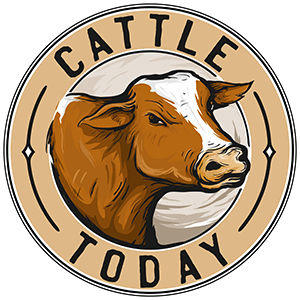Caustic Burno
Well-known member
I'm doing books right now and it's a little over 2.We figure in most all the costs to be charged against a cow... it is costing in the neighborhood of $2.00/ day to keep a cow. That is figuring everything... feed/pasture value/vaccs/vet costs.... hay bale value. So around $700-750 per year per cow costs. She has to produce a calf a year... right now value on the calves is good... we averaged in the $1200-1500 range for calves sold... taking into account for heifers vs steers and weights of 4-550 lbs... at $2.25 to 2.75 / pound. Normal years when calf prices weren't so good we figured $700-1000 per calf realized in sales. They barely paid to keep the cow for the year. Our labor is free..... We kept a good number of calves back, weaned, to feed silage to and will be selling the first group next month... they will weigh in the 650-800 range I guess.. I haven't looked close at them... son will have a friend come and they will go through and "grade them" here and put together a few groups.... There are about 75-80 calves on feed this year... more than we have ever kept...there are heifers in there and some will be put out to pasture for replacements since we only kept 5 total last year... haven't been buying too many replacement cows since they have been high... but we had the silage and it is 2 yrs in the bunk so needs feeding.... son buys odd singles and such at the sales when he can, mostly bulls, and we work them and put them on feed and can add to the size of some groups.
We used to trailer wean and had 5-15 calves to sell at a time... had to get bigger to generate the cash flow for when he bought the first farm...then when he bought the 2nd farm from the widow of the friend that passed away, after renting for 8 years, we HAD to have enough animals to make the payments.
Sometimes I wish we were still smaller... but the cattle sale checks are paying for payments on the 2 farms, and for the expenses of running them... if he didn't have a full time off the farm job, he wouldn't be able to pay for his house and live a decent life... I have had a full time job for 40 years +.... to pay for my own housing... and it was never a high paying job but I got by... now the money from my cattle sales is "extra" for me... in retirement years...
Looks to be about 2.05 for me that's 748 bucks a year to keep ole Belle in the pasture.
